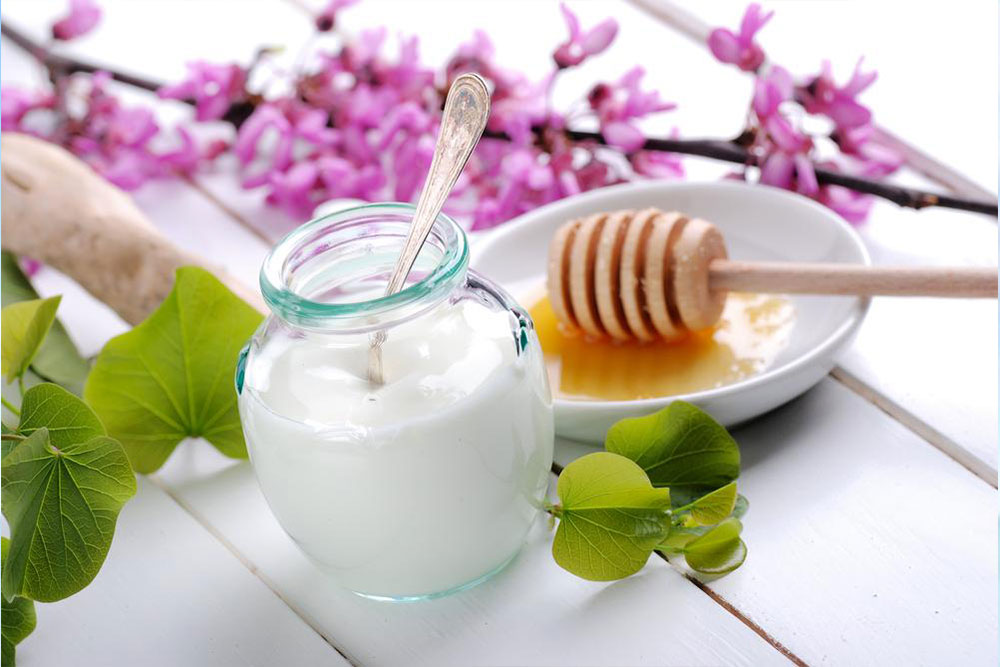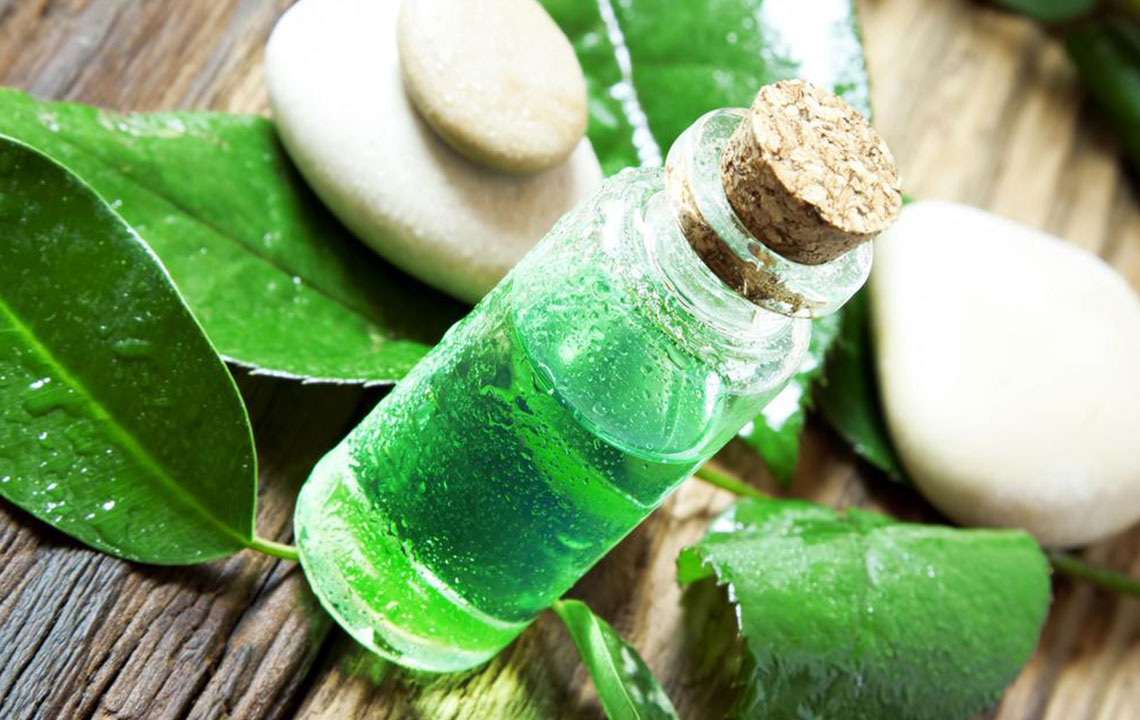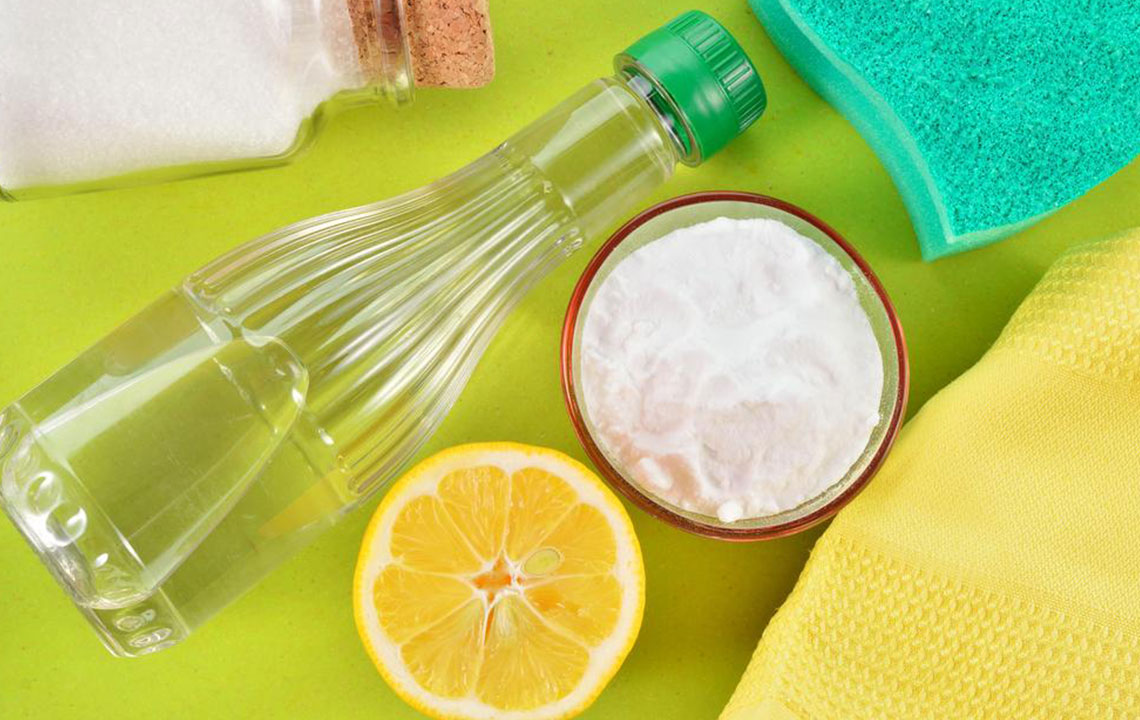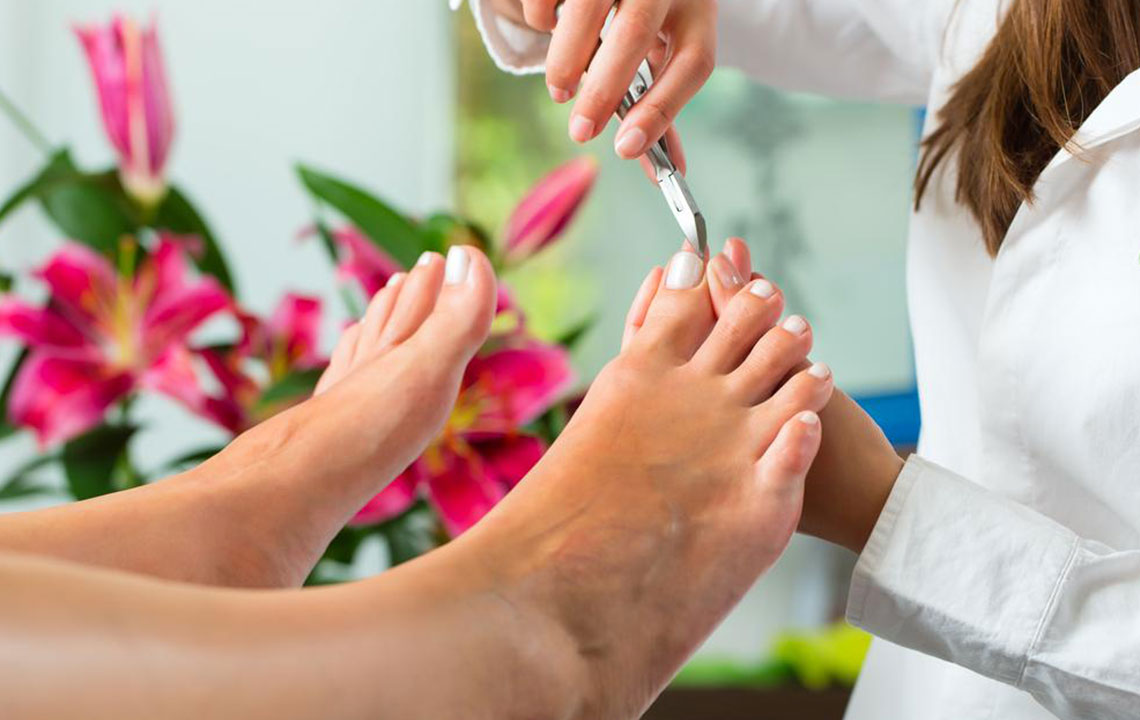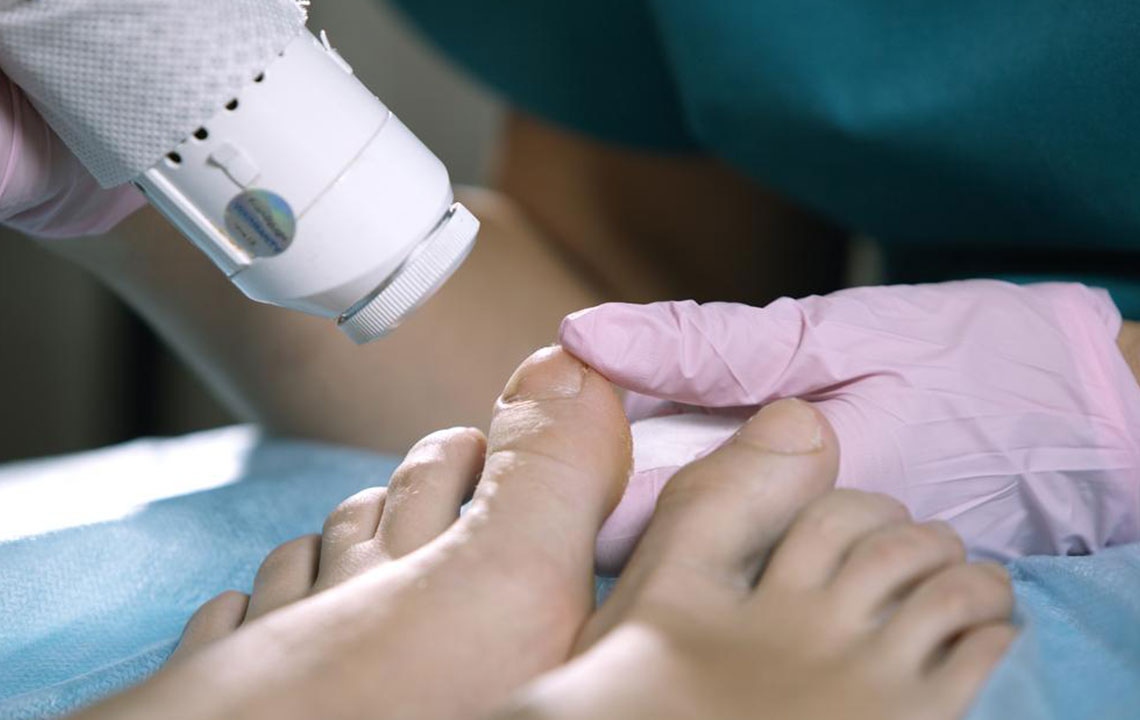Comprehensive Guide to Rapid and Effective Relief from Yeast Infections
This comprehensive guide explores proven methods for rapidly alleviating yeast infections, including natural remedies like garlic and coconut oil, as well as OTC medications. It emphasizes the importance of professional diagnosis and offers practical tips to speed up recovery, reduce recurrence, and restore comfort. Understanding symptoms and treatment options helps sufferers effectively combat this common yet uncomfortable condition with safe, accessible solutions, improving quality of life and health outcomes.
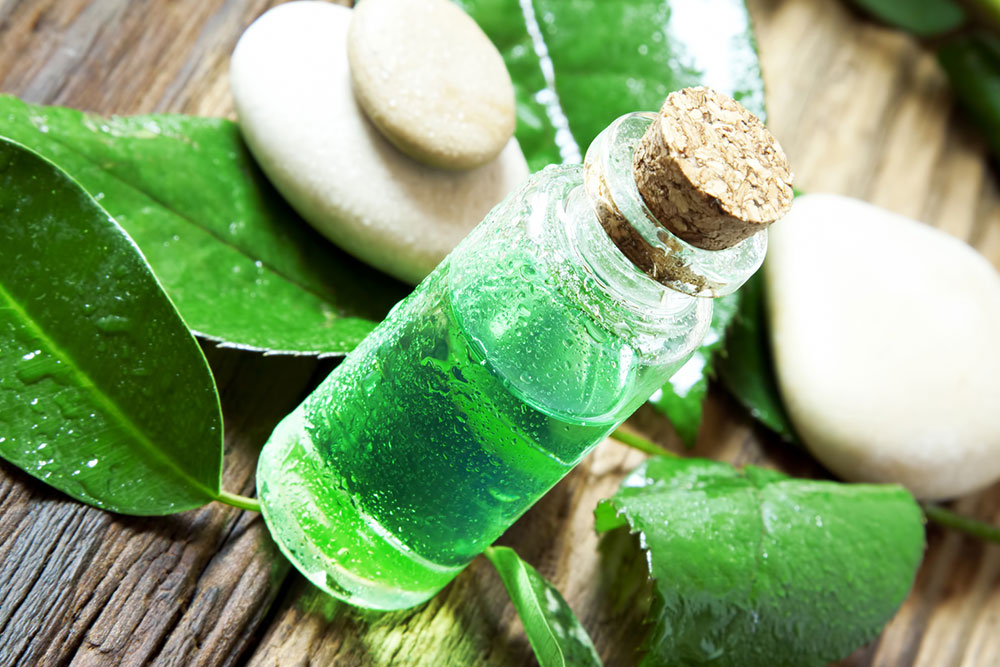
Comprehensive Guide to Rapid and Effective Relief from Yeast Infections
Yeast infections, commonly caused by the overgrowth of Candida fungi, are a prevalent health issue affecting millions worldwide. According to data from the US Centers for Disease Control (CDC), approximately 20% of women carry Candida without showing symptoms, indicating the widespread nature of this fungus in the human body. Despite the silent carriage often being asymptomatic, many women and men experience uncomfortable and sometimes painful symptoms once the infection manifests. These symptoms can severely impact daily life, making effective and swift treatment essential for relief and to prevent recurrence.
Understanding Yeast Infection Symptoms and Different Types
Candida fungi naturally reside in various parts of our body, including the mouth, throat, digestive tract, and genital regions. Under normal circumstances, the immune system keeps Candida levels in check, maintaining a healthy balance. However, factors such as weakened immunity, hormonal changes, antibiotics, or other health conditions can cause an overgrowth, leading to various forms of yeast infections, predominantly vulvovaginal candidiasis in women. In men, similar infections can occur on the skin or penis folds.
Typically, yeast infections manifest with symptoms such as intense itching, burning sensations, unusual discharges with foul odor, pain during urination or intercourse, and general discomfort in affected areas. Recurrent infections are common among those with a history of prior episodes, especially pregnant women, diabetics, or individuals with compromised immune systems, including those living with HIV. The complexity of yeast infections varies, and severe or persistent cases might require medical intervention to avoid complications.
Managing and alleviating yeast infections can be achieved through a variety of remedies, many of which are accessible both over-the-counter and at home. Understanding these treatments and how to properly apply them can significantly accelerate symptom relief and help resolve infections efficiently. Here, we explore some of the most effective strategies and natural remedies for combating yeast overgrowth, whether for mild cases or more stubborn infections.
Hydrogen Peroxide – Known for its powerful antiseptic qualities, diluted hydrogen peroxide can be used topically to clean affected areas. It effectively kills fungi and bacteria but must be used cautiously; diluting it with water reduces the risk of burns. Limiting application to no more than five days is advisable to prevent irritation.
Boric Acid – A natural antiseptic, boric acid can be effective against stubborn yeast infections. It’s typically used as a suppository or in diluted form for topical use. However, due to potential toxicity, pregnant women or individuals with tears or open wounds should avoid this treatment without medical consultation.
Tea Tree Oil – This potent essential oil possesses antifungal properties. When diluted with a carrier oil like coconut or jojoba, it can be applied externally to aid in clearing infections. It also helps balance vaginal pH levels, creating an environment less conducive to Candida overgrowth.
Coconut Oil – Carrying natural antifungal and moisturizing properties, pure organic coconut oil can be directly applied to the skin or affected areas. Regular application helps combat fungi while soothing irritated skin.
Garlic – Known for its powerful antifungal properties, consuming raw garlic or garlic supplements may inhibit Candida growth internally. Topical application is possible but may cause discomfort or irritation for some individuals.
Apple Cider Vinegar – Incorporating half a cup of apple cider vinegar into warm bath water creates an environment hostile to yeast fungi. Soaking for about 20 minutes can help in killing off Candida in the affected regions.
Oregano Oil – Rich in carvacrol and thymol, oregano oil acts as a natural antiseptic. Diluting it with a carrier oil and applying externally can aid in reducing fungal load and alleviating symptoms.
Greek Yogurt – Consuming plain, probiotic-rich yogurt introduces beneficial bacteria into the body, helping restore the natural vaginal pH and inhibit Candida overgrowth. Yogurt can also be applied topically for direct relief.
Probiotics – Oral probiotic supplements contain beneficial bacteria that restore the gut and vaginal microbiome. Regular intake over 7-10 days can significantly reduce recurrent infections and promote overall vaginal health.
Vitamin C – An essential immune booster, vitamin C supports the body’s ability to fight off fungal overgrowth. Its antifungal properties make it a valuable addition to a comprehensive treatment plan.
Over-the-counter Antifungal Medications – These remedies, available at most pharmacies, include topical creams, suppositories, and oral medications. Consulting a healthcare provider is important if infections persist, recur frequently, or become severe, as personalized treatment may be required.
While these treatments offer significant relief, combining them with lifestyle modifications, enhanced hygiene practices, and professional medical advice ensures the most effective approach to managing yeast infections. Proper diagnosis by healthcare providers guarantees that infections are not misdiagnosed and that the most suitable treatments are administered.
